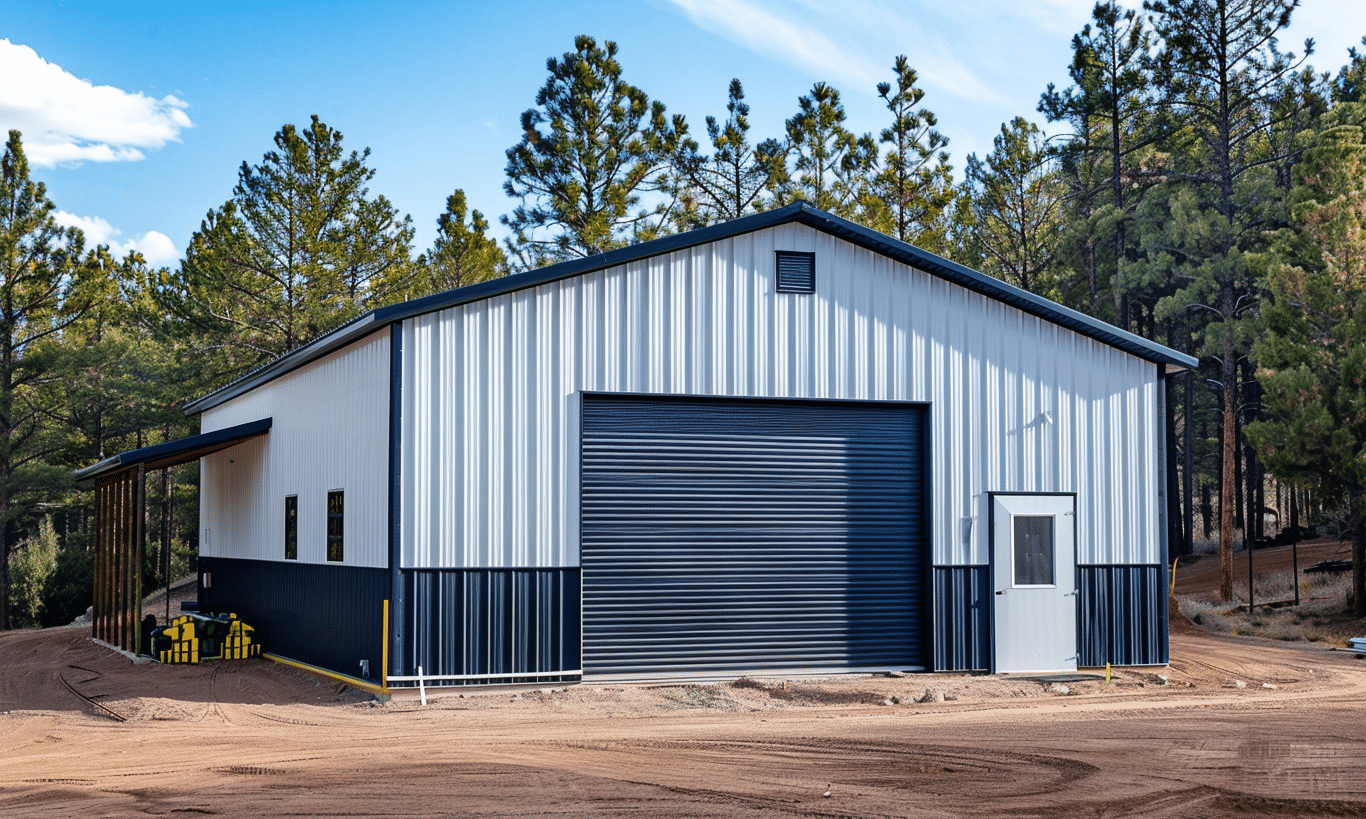# Nova Scotia’s Struggle for Family Doctors and Responses Through Building Developments
In Nova Scotia, the count of individuals without a family doctor, a crisis that has drawn mounting concern in recent times, appears to be decreasing. According to numbers released by the Nova Scotia government, the number is now pegged at around 145,000, illustrating a drop from an all-time high. This shift comes as a respite for Nova Scotians, many of whom have experienced distressing delays in getting crucial healthcare services.
The healthcare infrastructure is a crucial pillar of any society, and its strength heavily impacts areas like real estate and construction. With Nova Scotia’s recent improvements in access to family doctors, here’s how it links to the real estate market and how the private sector can potentially catalyze growth in this area.
## Impact of Health Services Accessibility on Real Estate Values
Impacts on real estate values are direct and consequential. The availability of quality healthcare services plays a critical role in determining property values. Logically, neighborhoods with easier access to healthcare providers like family doctors are more appealing, driving up demand and consequently property prices.
On the flip side, areas where access to such essential services is lacking may see reduced interest, creating downward pressure on property values. As the availability of family doctors in Nova Scotia improves, positive impacts on the real estate market could be expected.
## Role of Private Sector Infrastructure Developments
The private sector, including players in the real estate and construction industry, can play a significant part in addressing the family doctor crisis. By prioritizing the construction of healthcare facilities in underserved areas, developers can directly contribute to increasing healthcare access.

Efficient, modern, and accessible medical facilities form an integral part of the healthcare infrastructure. In recent times, we’ve seen a shift towards such facilities being housed in multipurpose buildings, creating a convergence of commercial, residential, and healthcare services.
## An Innovation in Steel: The Future of Healthcare Infrastructure?
With advancements in construction technology, developers are finding increasingly innovative ways to enhance healthcare infrastructure. A prominent trend has been the rise of steel buildings.
Affordable, durable, and quick to erect, steel buildings present an attractive solution to augment the healthcare infrastructure swiftly. Family clinics can be set up in steel buildings efficiently, lowering the barrier for family doctors to establish their practices and serve more Nova Scotians.
Our 16×20 metal building provides an example of such a solution. Ideal for small clinics, this building features an adaptable design and can be erected almost anywhere, which can help in addressing inaccessibility issues in underserved areas.

## Conclusion
Improving healthcare infrastructure is a multifaceted issue which requires concerted effort from both public entities and private sector organizations. As the a situation in Nova Scotia demonstrates, we’re not powerless in the face of such crises.
As we continue to make strides to enhance our healthcare infrastructure, particularly through innovative solutions like metal buildings, we can hope to see a consistent fall in the number waiting for family doctors. Not only can this significantly improve the availability of healthcare in the region, it also gives a fillip to the real estate sector, creating a positive multiplier effect.
The private sector’s innovative responses to these challenges also demonstrate the potential for both societal impact and financial success. Through building and investing in healthcare facilities, we strengthen our societies and deliver robust returns on investment.
As we engage in this discussion, we invite you to share your experiences, questions, or suggestions in the comment section below. Together, we can shape a better future for Nova Scotia and areas facing similar challenges worldwide.
Original news source link: CBC News




